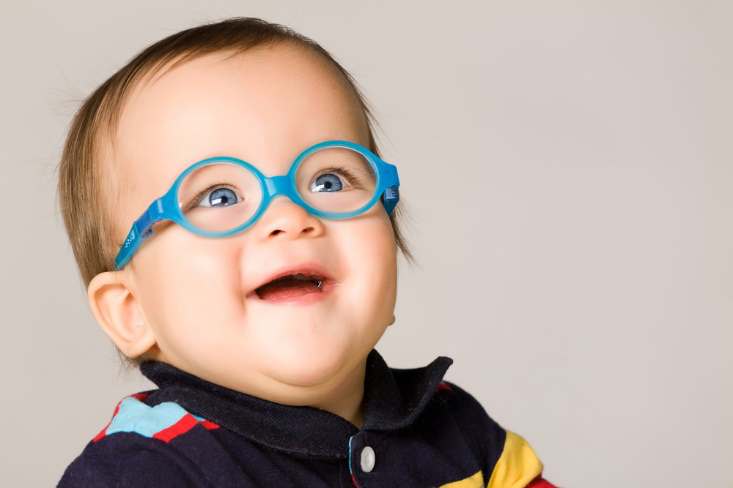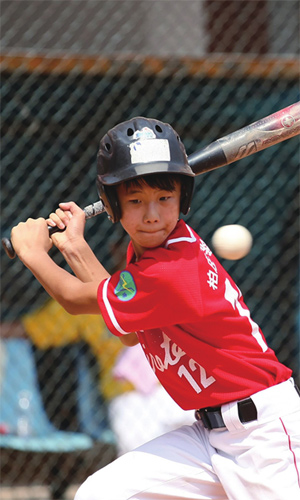Children’s vision is special in that it develops very quickly during the first 6-12 months of age, then becomes more refined during the toddler years. This process of refinement of one’s vision depends on continual feedback from visual input from the child’s environment and the processing of that stimulation in the brain. It is also supported by the continued enhancement of eye muscle movements and eye coordination. The brain becomes more “hard wired” during these early years. This process provides the potential for either “normal vision” to be achieved or if there is inadequate stimulation due to insufficient feedback between the eye and brain (due to uncorrected refractive error, media blur or eye coordination problems) then “amblyopia” or a “lazy eye” may develop. While it is possible to improve amblyopia with a variety of treatment options, it is best to prevent it from developing in the first place by providing the best vision possible during the early stages of life.


 Infants should have their first eye examination between the age of 6-12 months old. Although infants are unable to read an eye chart or give subjective feedback during their exam like older children or adults, special procedures and equipment enable us to verify an infant’s overall eye health as well as their estimated prescription and vision. Determining if they are meeting age-appropriate milestones for their visual development at this time allows us to gauge their risk for developing amblyopia and their potential need for glasses or other intervention to improve their vision. Normal vision is a critical component in a child’s brain development. Their ability to understand, learn and engage in the world around them is impacted by the quality of their vision.
Infants should have their first eye examination between the age of 6-12 months old. Although infants are unable to read an eye chart or give subjective feedback during their exam like older children or adults, special procedures and equipment enable us to verify an infant’s overall eye health as well as their estimated prescription and vision. Determining if they are meeting age-appropriate milestones for their visual development at this time allows us to gauge their risk for developing amblyopia and their potential need for glasses or other intervention to improve their vision. Normal vision is a critical component in a child’s brain development. Their ability to understand, learn and engage in the world around them is impacted by the quality of their vision.

